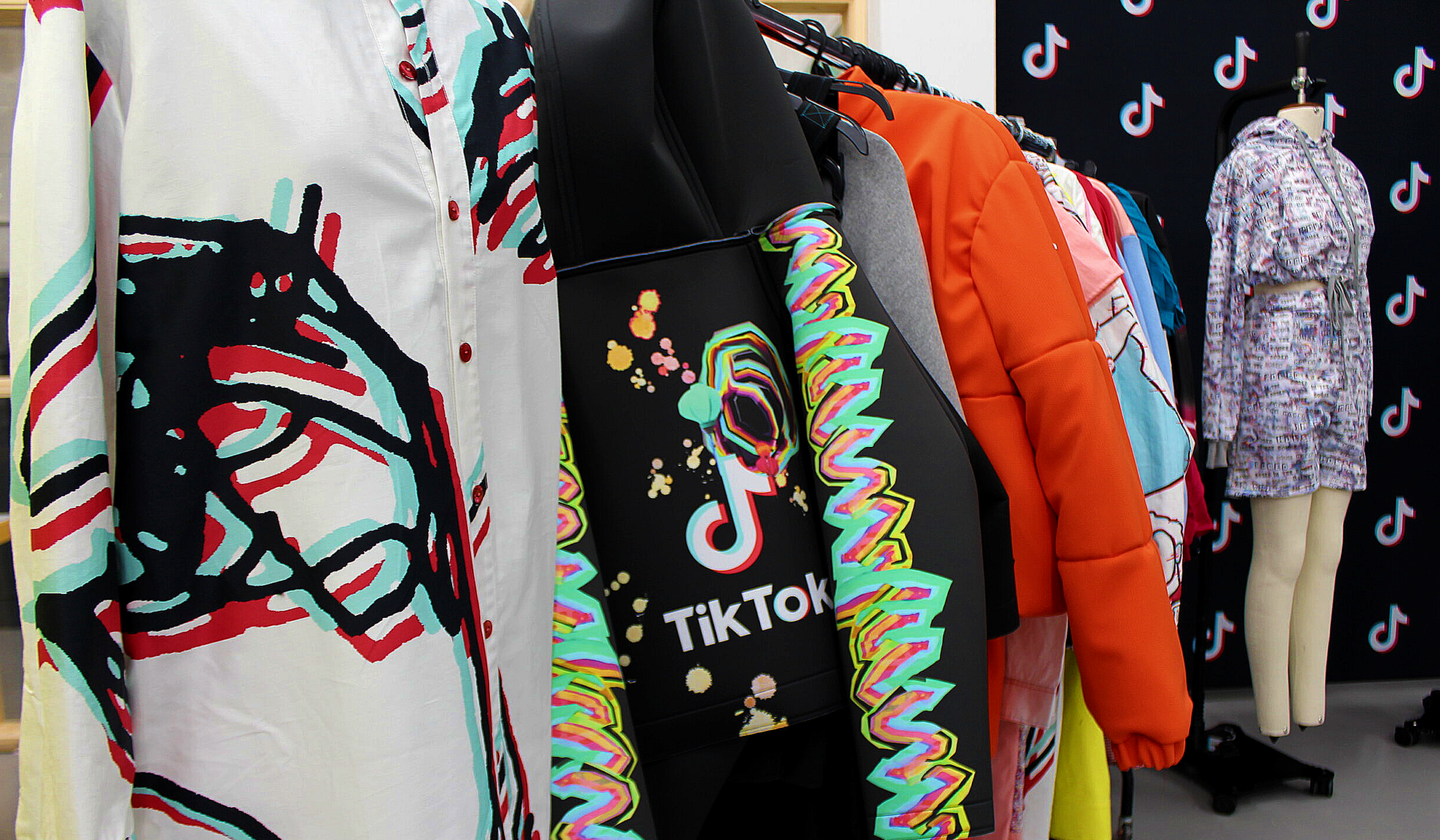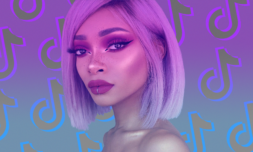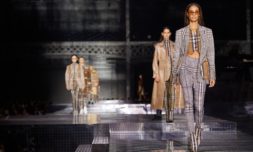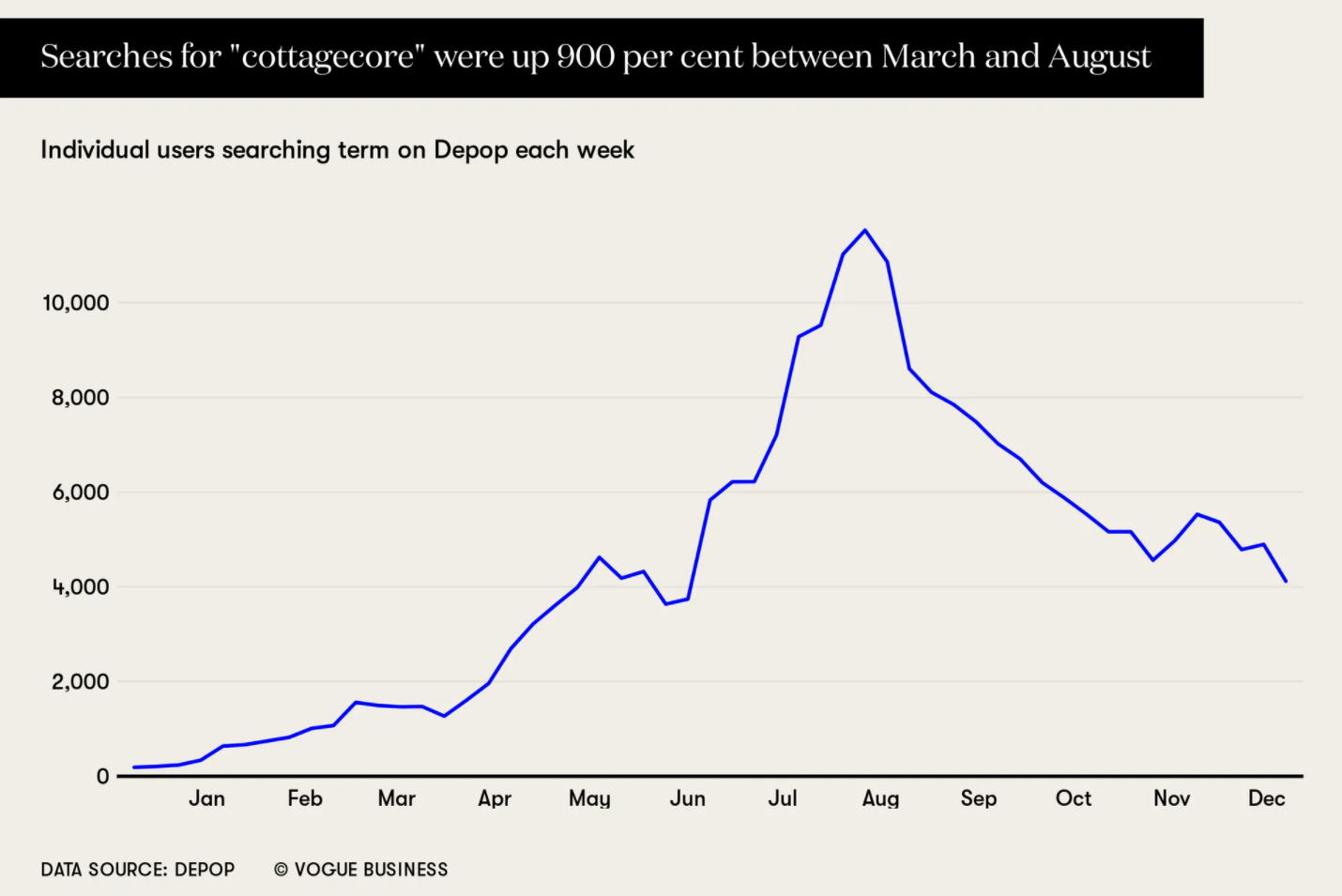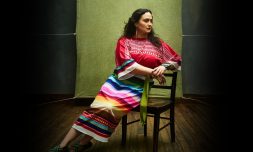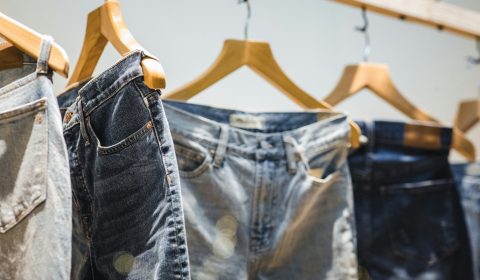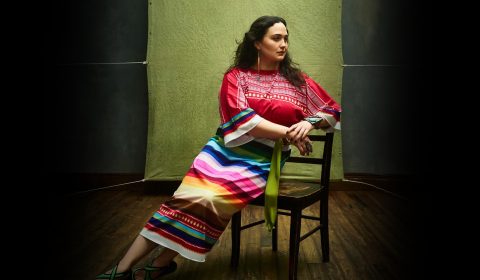A competitive force to Instagram, which has long been fashion’s de facto social media platform, TikTok’s users have built a zeitgeist of acceptance as clashing sub-cultures and aesthetics co-exist in an extraordinary mixture of conversation, exchange, and adaptation.
Ah, TikTok. The short-form video-sharing platform that’s been absolutely dominating the teen market over the last two years and social media’s answer to shortened attention spans and technology’s ever-increasing development.
Let’s put things in perspective, if there’s one statistic demonstrating quite how drastically it’s become entwined in our lives recently, it’s that users worldwide spent 2.8 billion hours scrolling through the For You Page in 2020 alone.
Encouraging a pivot to fashion during the pandemic by recruiting established members of the industry to join the app, it has well and truly taken the world of style by storm, supercharging fashion in a way Instagram never could.
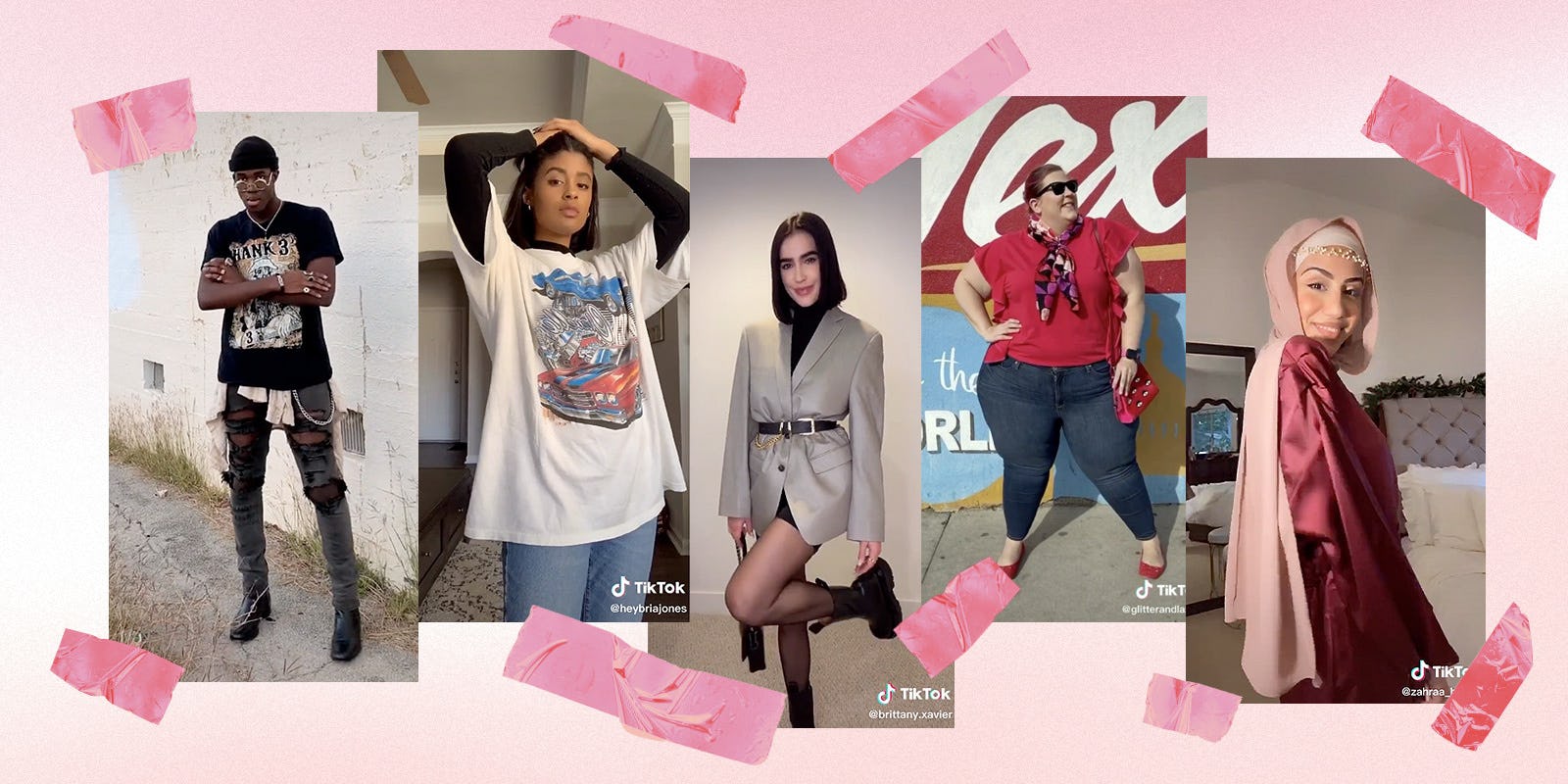
Though Instagram and the subsequent 2010 ‘influencer’ boom certainly made a significant dent in the process of getting garments from their early stages into the hands of consumers, it barely scratches the surface in comparison to what TikTok has achieved in the blink of just one year.
Instagram will, of course, for ever be the OG of giving us access to a once-unthinkable global audience, but it has unfortunately lost much of the authenticity that made it so great to begin with, leaving those seeking limitless self-expression to flock to alternative platforms.
Pursuing this growing desire, most have digitally congregated towards TikTok, where anyone has the opportunity to create their own modes of dress and behaviour, unbound by outdated pressure to conform to just one style.
@iconicakes what should my aesthetic be for tomorrow? #aesthetic #outfit #darkacademia #style #makeup #day4
‘Adherence to one aesthetic as access and acceptance into a subcultural group is no longer foundational,’ says culture editor at Fashion Snoops, Carrera Kurnik, who believes that without street style or red-carpet events due to Covid-19, TikTok became the go-to cyber meeting place for stylish people. ‘Thanks to the quick-bite format, these kids can play around with identity and explore the many facets of their aesthetic imaginations to their heart’s content.’
TikTok has also revolutionised creator content and marketing in a vast range of sectors, making it easier than ever before to connect with an unlimited number of networks. In an effort to tap into this lucrative market, high street and luxury brands alike continue to flock en masse to the app, acknowledging its undeniable influence on shopper’s purchases as well as its value as a trend funnel.
Pre-2020, the fashion industry was arguably the only voice directing the approaching season’s trends, with some help from popular culture along the way. Whether this involved a new colour palette, material, cut or ensemble, it rarely went from runway to rack without the approval of major fashion editorials relied on by designers to give their pieces the go-ahead.
@wisdm8 Highly highly requested
‘If one of your favourite creators changes their aesthetic due to a particular trend, a whole style can be born out of it,’ explains content strategist, Yazmin How. ‘More and more, people are tapping into TikTok to see what emerging styles are ‘in’ and what previously popular trends are coming back around. Before, it was a long journey before they made it mainstream, from creative directors to magazines to stores. Right now, with social media, they are so quick to come up.’









